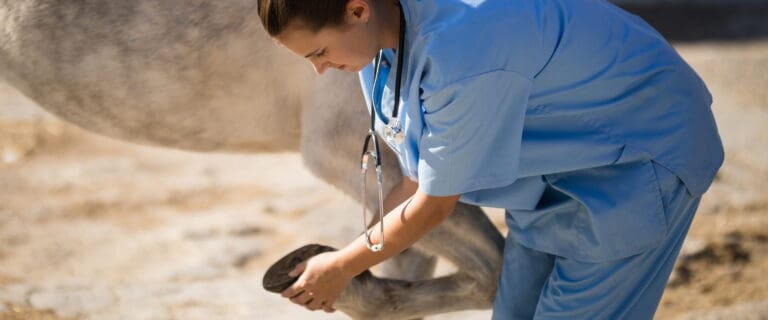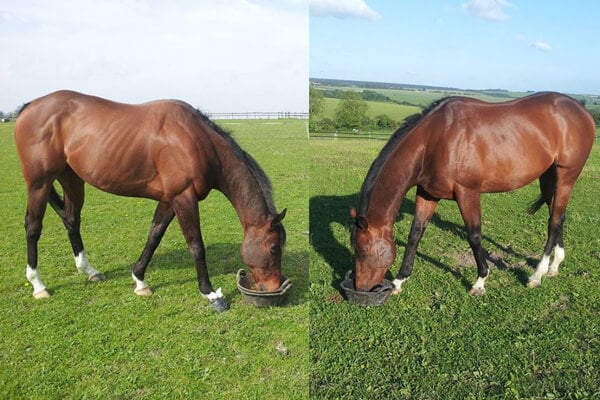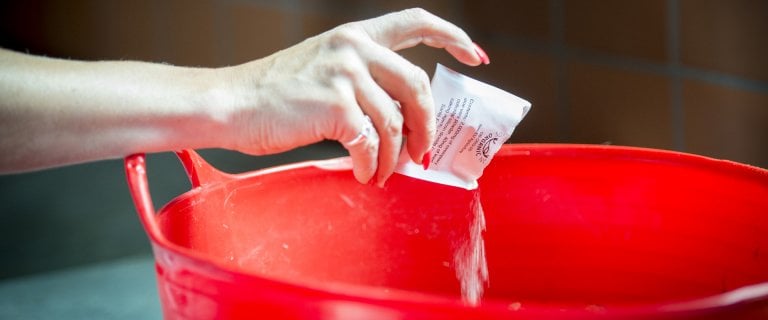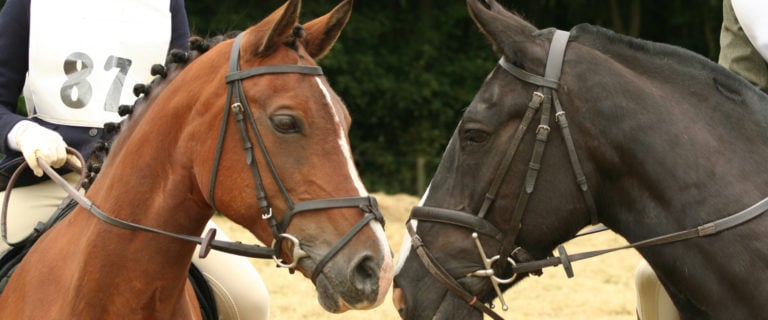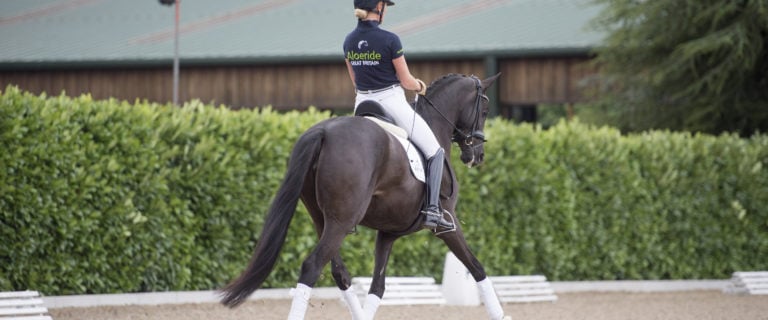Do You Keep Your Horses Warm During Winter
The cold, miserable winter weather may soon be here but fear not, we share how do you keep your horses warm during winter with 5 tips, and it doesn’t involve buying more rugs! A heathy, mature horse has a core temperature of around 38℃ (from metabolic processes [Bicego at al., 2007] and muscular activity) and it can control this temperature easily when the environmental temperature is between 5℃ and 25℃. In winter, horses can acclimatise to a wider range (e.g. down to -15℃). How do you keep your horses warm during winter… 38℃ at core.
Give Them Adequate Shelter
Ensure your horse has adequate shelter against the weather, especially if turned out for long periods in the field. A field shelter should be a safe place for your horse and other members of the herd to shelter from extreme weather and face away from prevailing winds. Not just shelter from the rain. Keep an eye on the herd pecking order to ensure that everyone is allowed entry before the worst of the winter arrives.
Walk Your Horse Off After Exercise
Horses can easily catch a chill after exercise, so walk them off slowly after fast work and put a cooler sheet on them. A cooler sheet will wick away any moisture from their body to ensure they don’t catch a chill. A full winter coat will tend to hold heat and moisture within and, if left, may make your horse uncomfortable and risk a chill. You may not realise that it is far easier for horses to warm up in cold weather than it is to cool down in hot weather, or to cool down after intensive exercising. Easier providing your don’t hinder their ‘tools’ to do this.
To Rug Or Not To Rug
If your horse is healthy and has a nutritionally balanced diet, they shouldn’t need to be rugged (within reason, of course). If you decide to clip your horse because they get uncomfortable and sweaty after exercise, you are removing that natural fur coat, so they will need to rug. However, over-rugging a horse can lead to dehydration, and other health issues, so less is more when considering rugging your horse. Your horse(s)’ coat(s) change(s) twice a year through a mechanism called photoperiodism. In warm temperatures coat hair comprises of thick, medullated hairs with piloerection helping to cool the body. In cold temperatures coat hair comprises of longer, finer and poorly medullated fibers. This type of hair provides more insulation from cold with piloerection helping to trap warmed-up air around the body. Piloerection increases coat depth 10% to 30% in mature horses [Young & Coote, 1973]. Clipping in winter renders the thermoregulatory factor of the coat impossible.
Coat Care
Looking after your horse’s coat will keep him warm. Regular grooming is essential for horses’ winter coats as they tend to hold more mud and dirt than clipped coats. Brushing the coat helps promote natural oils, but don’t brush too much as an ungroomed coat will accumulate some oils. These keep the skin and coat healthy and allow them to do their job of keeping your horse warm. Read about Safer by Sebum, our page on coat heath, so you know how skin surface lipids -a complex mixture of sebum with small amounts of epidermal fats- are a vital protection system for your horse’s epidermis.
lipi
Feed Them Correctly
Like humans, horses need food to fuel their bodies in various ways, including keeping warm. Make sure you feed plenty of fibre during the winter months. Heat is produced as the fibre is fermented in the horse’s digestive system. Feed your horse plenty of hay or haylage. Aloeride can help support a healthy digestive system and ensure that any nutrients fed are better absorbed and processed. Bear in mind that subcutaneous fat, in addition to being your horse’s energy reserve, is three times more insulating than other tissues due to its low thermal conductivity and poor blood supply [Guyton, 1991; Davenport, 1992].
Enjoyed Reading This Blog? You Might Enjoy Reading 5 Things Horse Owners Need To Consider This Winter.



